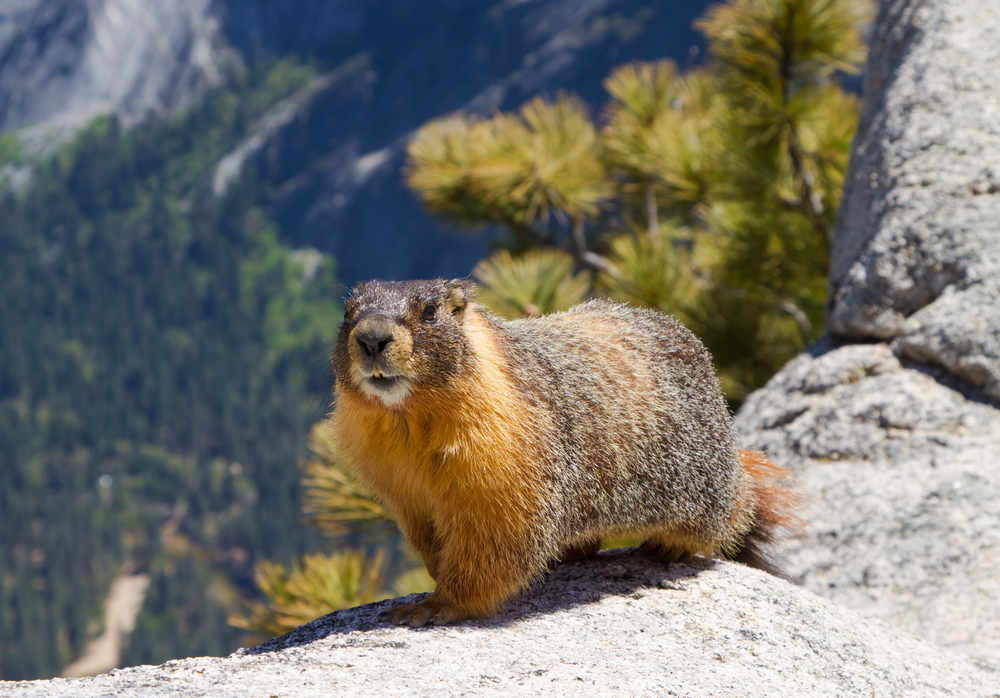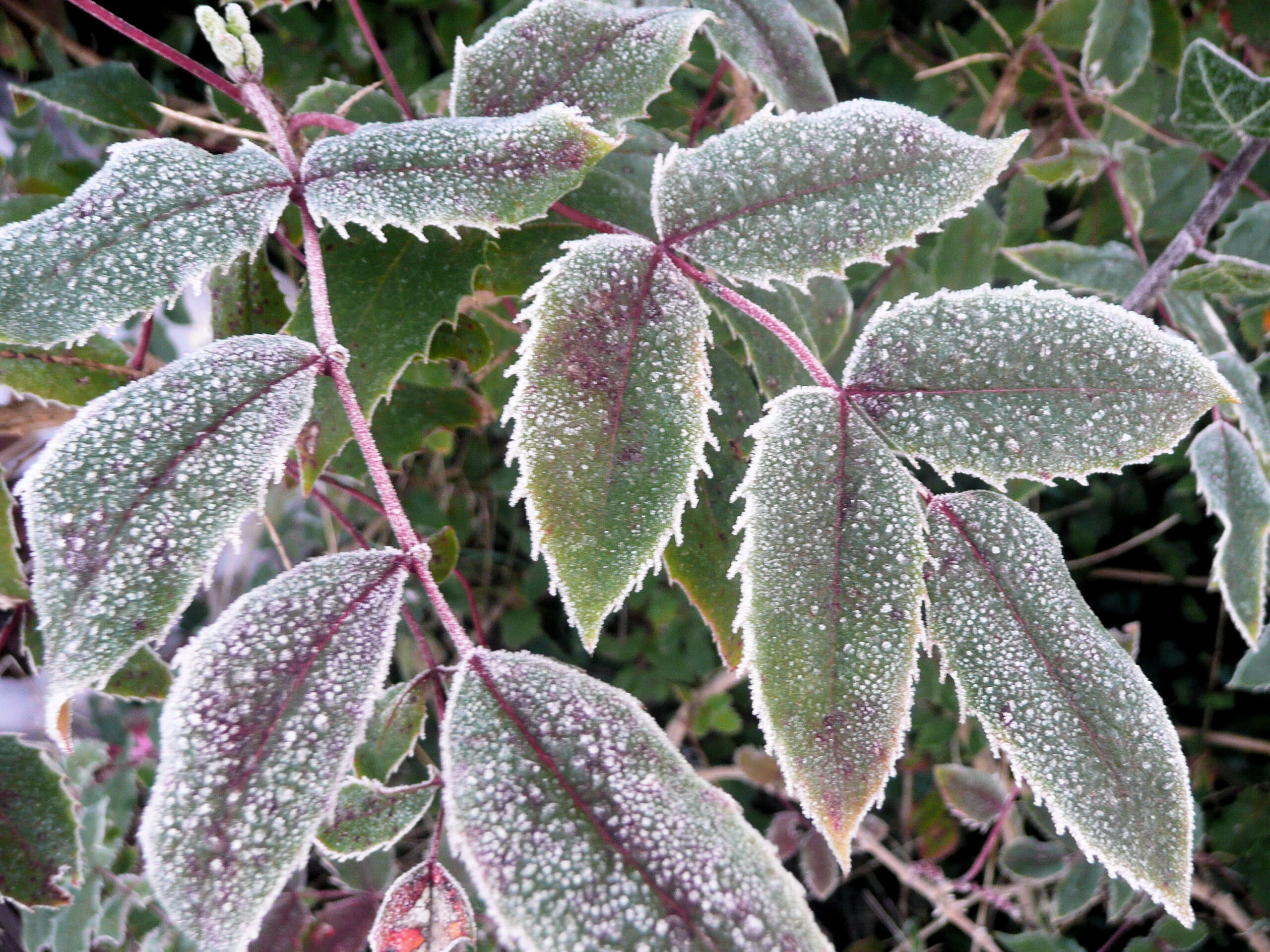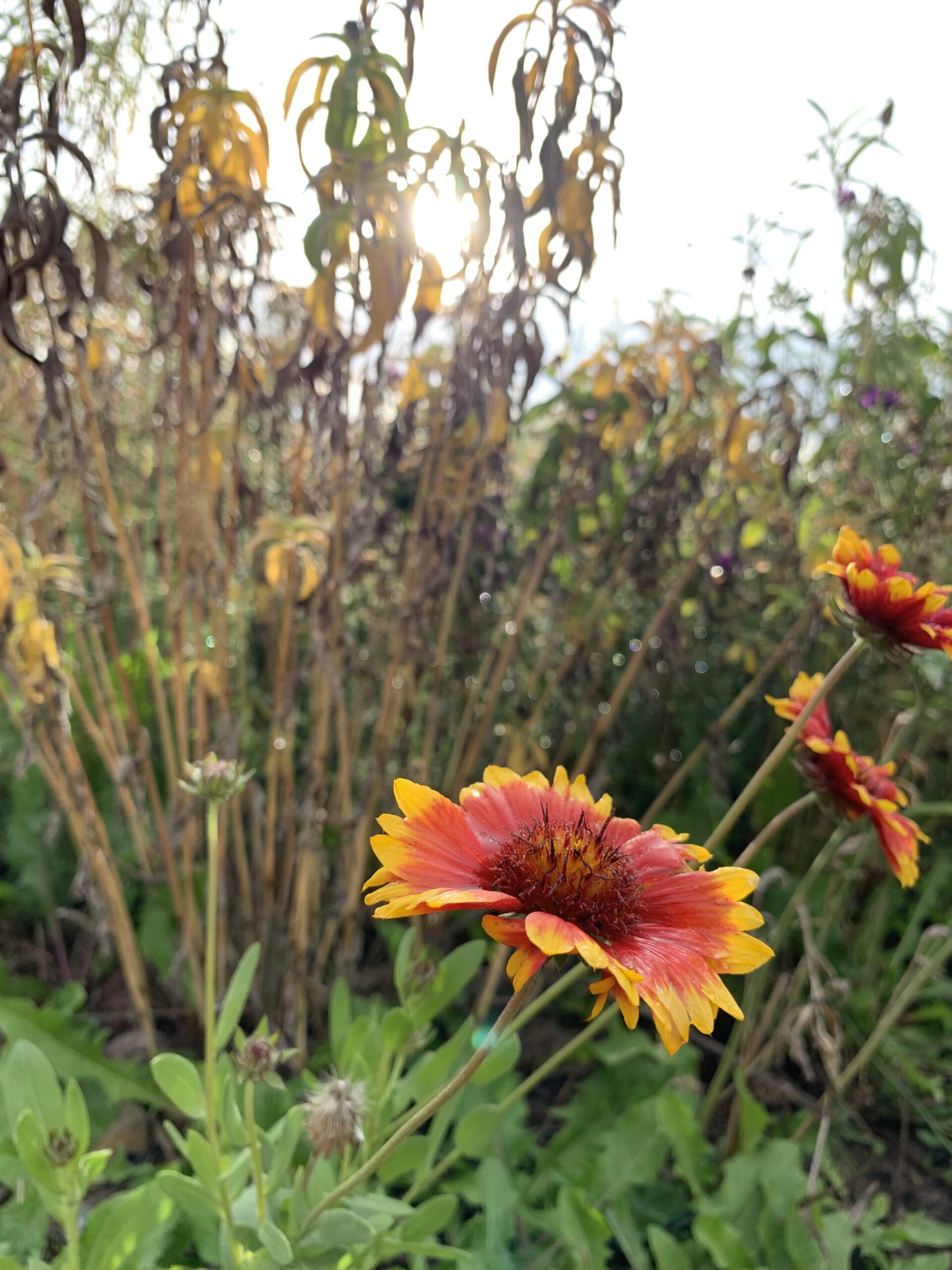By Jessie Walthers, Conservation Program Manager Groundhog Day. Who doesn’t love this most random of…

Xeriscaping
If you’re looking to conserve water on your property, consider xeriscaping. Xeriscaping (pronounced zeer-i-scaping) is a type of landscaping that uses smart planning and drought tolerant plants for water-use efficiency. There are many benefits to xeriscaping including, reducing residential water consumption, preventing waste water, reducing nonpoint source pollution, and reducing your maintenance and water bill. Here are a few tips to get you started on your xeriscaping project…
- When choosing plants, consider using native species that are adapted to dry conditions. These plants will naturally need less watering.
- Avoid thin strips of lawn bordered by sidewalks. These thin strips are hard to water effectively and often result in overwatering the lawn and watering of the sidewalk areas.
- Group plants according to watering needs. Planning specific areas of water-loving plants will prevent overwatering of drought-tolerant plants.
- Rather than grass, use mulch or rock around your plants. This will reduce the area you need to water while also reducing the area that needs mowed.
- Use drip irrigation instead of sprinklers to target the specific plants that need water and use a timer to automatically water when it’s cool so less water is lost to evaporation.
For more do-it-yourself conservation tips, check out our blog here.
Additional information on landscaping with native and water-wise plants can be found at the Montana Native Plant Society site here.
11.
Xeriscaping
16.
Dormant Seeding



